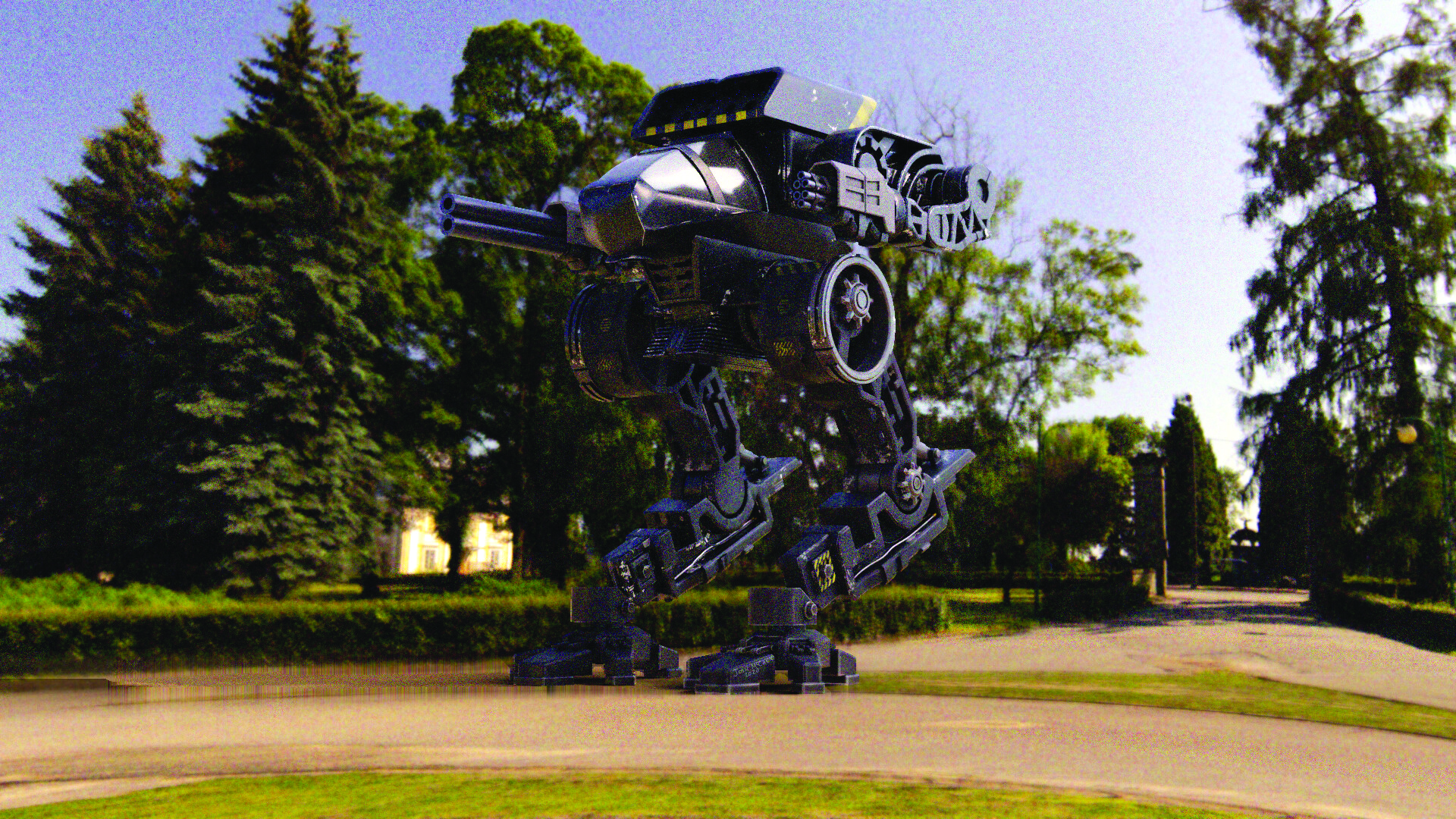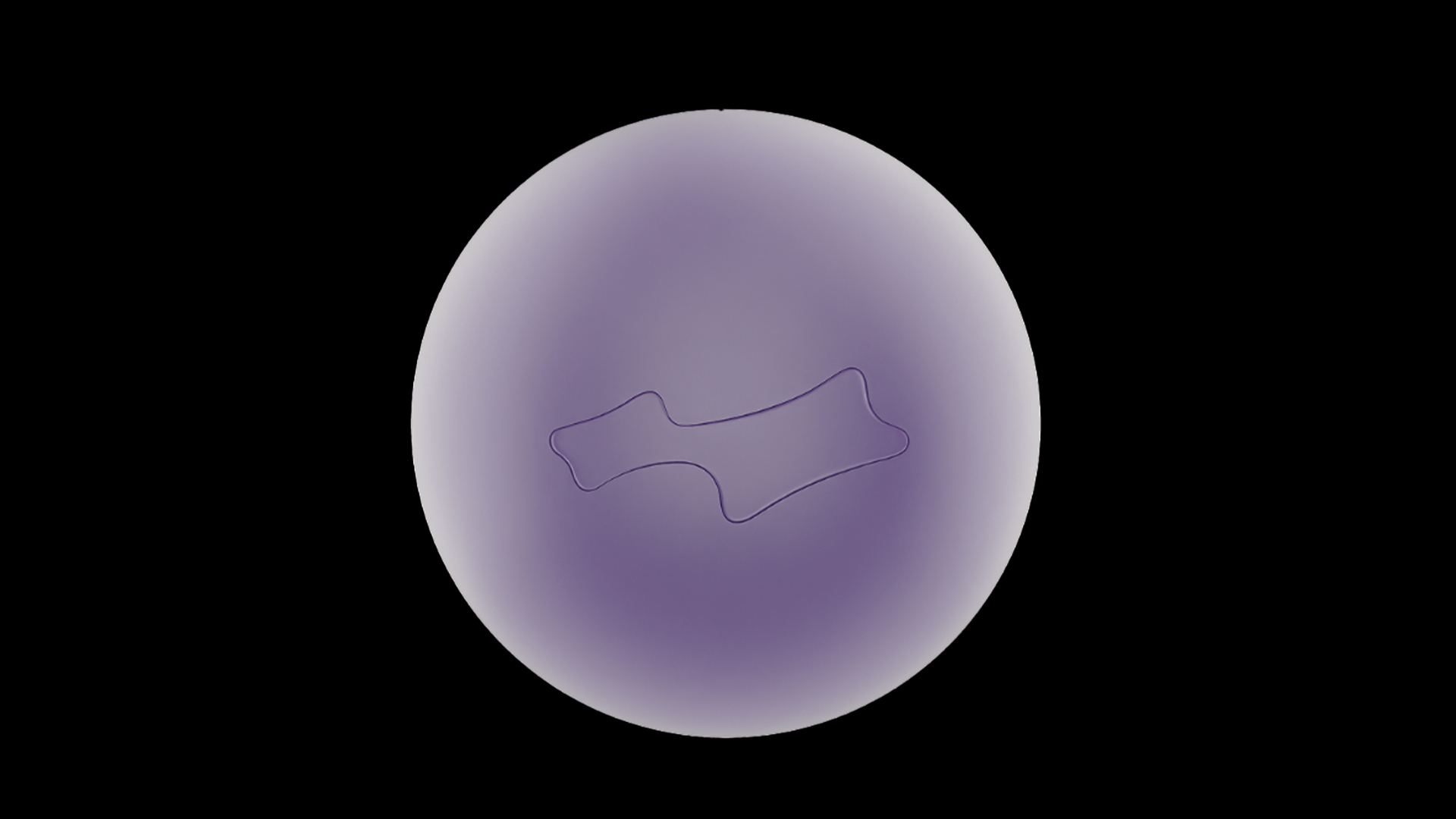Our Verdict
More minor than major as far as updates go, but the adoption of USD is a big leap for cementing MotionBuilder into broader pipelines. It also says Autodesk wants to make the software work for artists, which is promising.
For
- Adoption of USD
- Fast workflow
- Dedicated tools
Against
- Only one new feature
- Lacks features of Maya
Why you can trust Creative Bloq
Price $2,145 / £1,725 annual
Company Autodesk
New features USD Plug-in for MotionBuilder, it is now possible to lock a Global/Take time mark, new shortcut keys to change current take, ability to 'Delete' key is now supported in the Navigator
Recent years have seen creative heavyweight Autodesk focus its development efforts on a few products, including 3ds Max 2025 and Maya 2025, to the detriment of its other applications such as MotionBuilder, its 3D character animation toolset, and Mudbox.
Neither have received any significant upgrades in the past few updates, and I was half expecting that to be the same again for MotionBuilder. I was wrong. MotionBuilder 2025, thanks almost entirely to its adoption of Pixar’s Universal Scene Description (USD), has made it into the realms of a fairly decent update.
USD is a piece of open-source software that enables 3D scenes to be robustly and scalably interchanged. These scenes can contain a massive number of assets, as evidenced in the incredible Toy Story 4, where millions of models, textures, lights and colours were used in a single scene.

MotionBuilder’s USD plugin includes support for loading, displaying and interacting with static OpenUSD stages. A stage is an instance of the USD data model that contains the scene graph and associated data, and is the container for accessing and manipulating the contents of a USD file.
Within MotionBuilder, it’s possible for animators to load a USD stage into the Viewport and animate it directly. At this point, sculptors are limited to interacting with these stages through Python.

It’s now possible to change takes using a new set of shortcut keys. These significantly increase the speed with which users can navigate around takes. Shortcut keys will move you to the first, last, previous, or next take, and getting used to these will significantly reduce the time it takes to move around the interface.
All this enables animation artists to animate inside MotionBuilder, but within a broader USD pipeline. This helps integrate the package into a wider context and, therefore, ultimately makes it more useful and streamlined.
This plugin represents only the beginning, and it’s disappointing that it’s not currently possible to convert USD data into MotionBuilder data. The integration isn’t, therefore, quite as seamless as it might first appear. That being said, I’d expect to see much more support for USD in the future, similar to what we’ve seen with 3ds Max.
Alongside the USD support, it’s now also possible for users to lock a Global or Take time mark. These can’t be moved around on the timeline, which significantly helps to reduce any movements that have been made by mistake. The other updates are all fairly minimal and hardly worth mentioning.
This content originally appeared in 3D World magazine, the world's leading CG art magazine. Subscribe to 3D World at Magazines Direct.

Thank you for reading 5 articles this month* Join now for unlimited access
Enjoy your first month for just £1 / $1 / €1
*Read 5 free articles per month without a subscription

Join now for unlimited access
Try first month for just £1 / $1 / €1
out of 10
More minor than major as far as updates go, but the adoption of USD is a big leap for cementing MotionBuilder into broader pipelines. It also says Autodesk wants to make the software work for artists, which is promising.

Paul is a digital expert. In the 20 years since he graduated with a first-class honours degree in Computer Science, Paul has been actively involved in a variety of different tech and creative industries that make him the go-to guy for reviews, opinion pieces, and featured articles. With a particular love of all things visual, including photography, videography, and 3D visualisation Paul is never far from a camera or other piece of tech that gets his creative juices going. You'll also find his writing in other places, including Creative Bloq, Digital Camera World, and 3D World Magazine.

